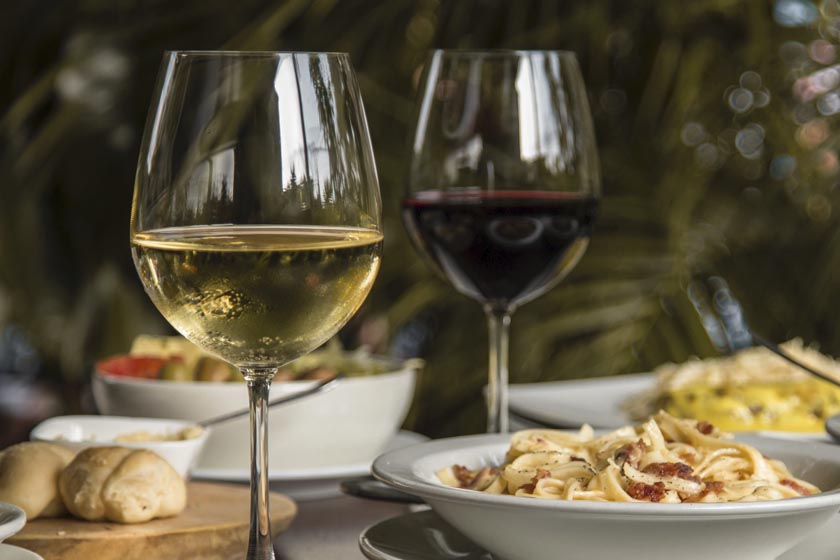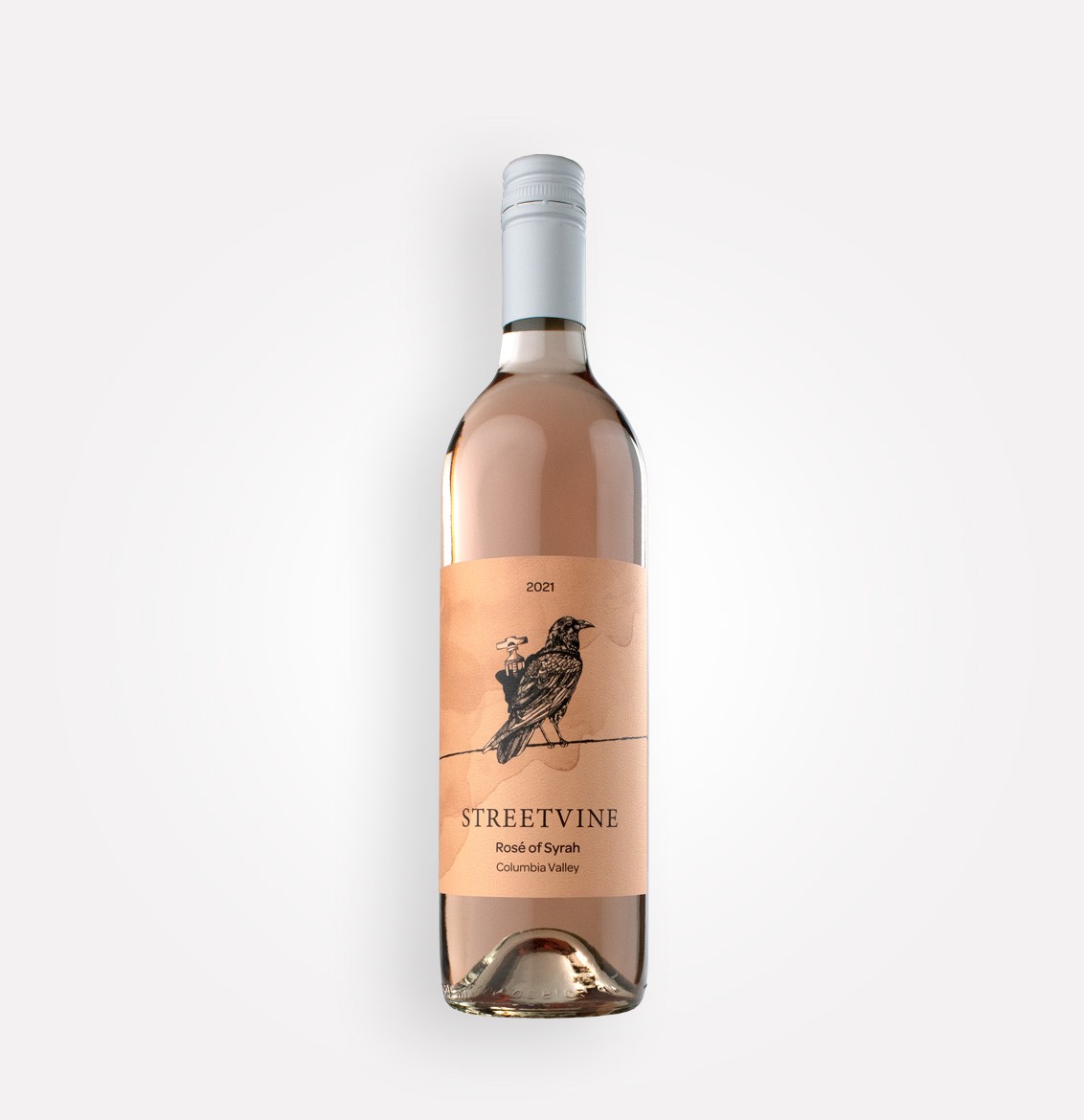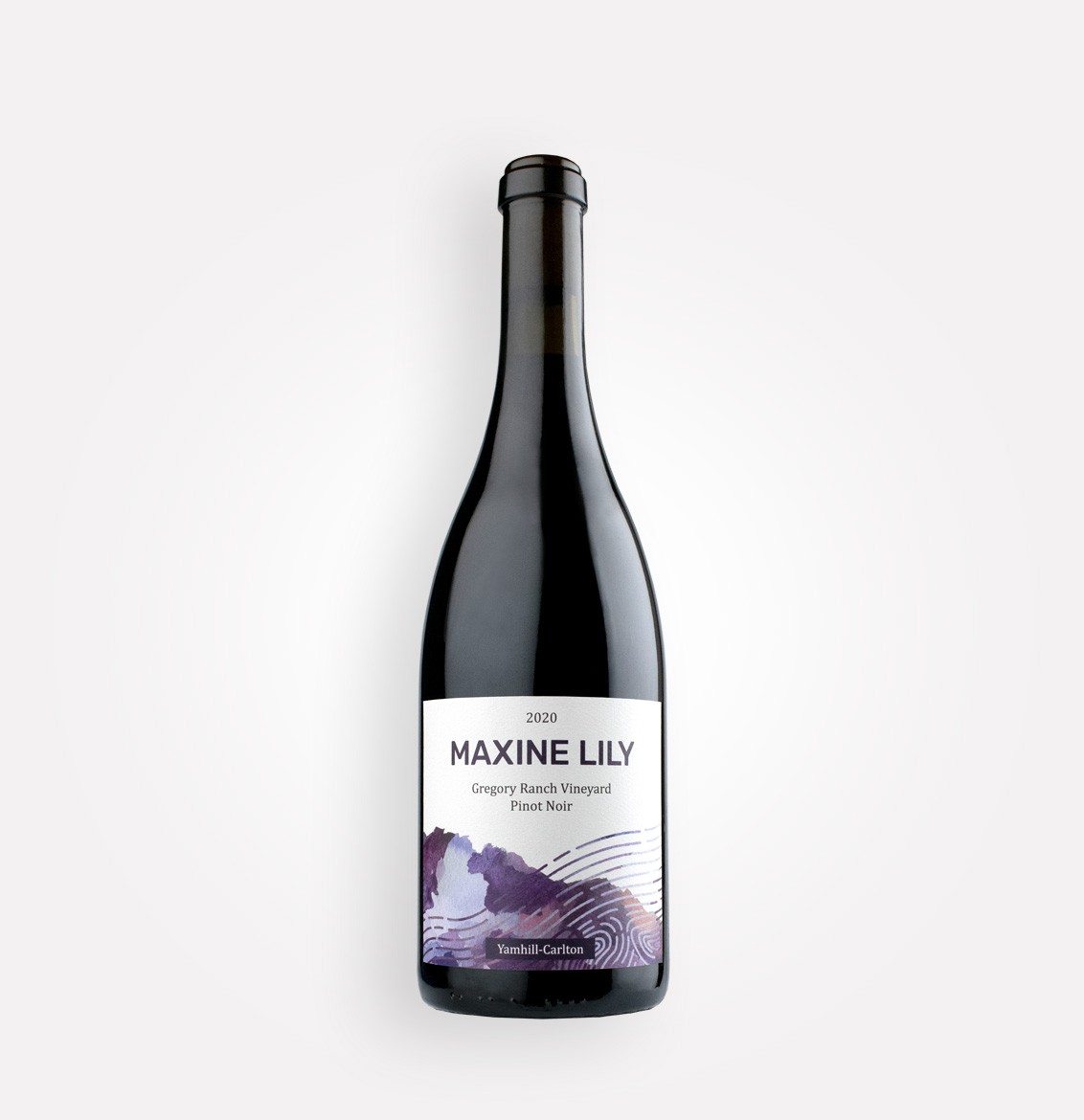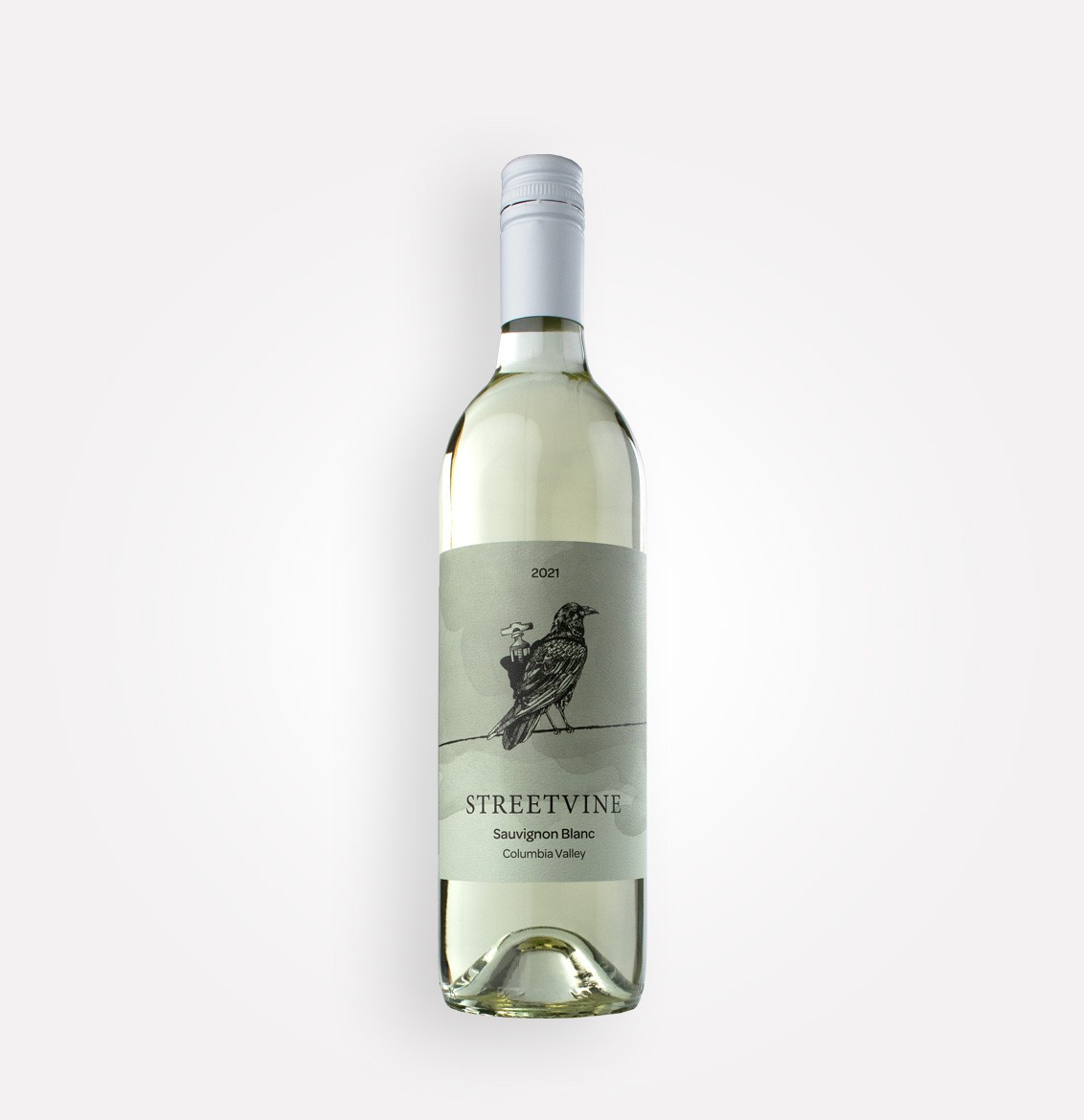Whether it’s sparkling, red, or white wine, there’s no better time than the festive holidays to pick your wine first and then create the menu
We favor a wine-first approach to entertaining to help temper the hectic holiday pace. Planning starts with that favorite wine or wines. Make your party or dinner the place to let your wines show off their best character, a dinner where the menu plays an important but supporting role.
Whether you collect wine at home or favor an “on-demand “approach with a finger on the buy button of your favorite online wine shop, the holiday season brings elevated parties and dinners — the time to gather and share, to enjoy special wines that you have waited to savor; whether a favorite by taste or by place and the memories of that first sip.
The not-so-secret secret is that wine first brings attention and a dimension to your wine experience on any day. A grand beef Wellington and fire-grilled burger (especially if you are one of those who use ground ribeye, call me) share the same beefy DNA, whether it’s a holiday or any Tuesday. Another not-so-secret secret about wine is “the food that grows by it goes with it.”
Sparkling wines first bring the dazzle from appetizers to the main course
Sparkling wines are bubbly stars, full of bubbly stars themselves! Incredibly versatile and synonymous with celebration, it’s hard to imagine a more fun way to kick off the night. Typically crisp and high in acid, sparkling wines are a great option for almost any course but dazzle with appetizers. That high acid character invites the meats and soft, ripe cheeses like Brie or fresh goat cheese on most charcuterie boards, nuts like almonds, and fruits like grapes and figs.
Your favorite sparkling wine can transition right from the briny character of a raw oyster appetizer to a seafood main dish with white fish, crab, or lobster. Whether your main dish seafood is grilled or baked, served with pasta or rice, reach for the bubbles.
White wines give you tempting main course options and more
White wines, like sparkling wines, are typically made with white grapes and highlight many of the same dishes. However, white wines often show style differences from harvesting at warmer sites, which yield wines with more body and tropical fruit flavor and aromas than from cooler spots. Wines aged in oak barrels can have warm, toasty bread, vanilla, spicy characters, and greater complexity.
Chardonnay, for example, can be lean and crisp with lemon and citrus flavors when conditions are cool. Enjoy this style of wine with shellfish. If your Chardonnay is more full-bodied with tropical fruit and barrel character, create a memorable experience with heavier fish and chicken dishes, especially those with butter or cream sauce.
Cheeses with a nutty character like Gruyere will generate some mmmmmm with a more complex Chardonnay.
Sauvignon Blanc fans know that it pairs with many dishes as other white wines, but its star power may be from pyrazines — those unique green and gooseberry flavors that identify Sauvignon Blanc. Those vegetal flavors allow Sauvignon Blanc to augment tart vinaigrette, spicy foods, and vegetarian dishes. Keep your lavish, creamy pasta for that Chardonnay, but bring on the salads, herb-marinated Greek dishes, and that spicy Thai.
Red wines first for a wide range of meaty main dishes
When the weather is chill and the nights are long, start your main course with a red wine.
If it’s time for that massive, dark fruit and chocolate-soaked, tannic Cabernet Sauvignon more akin to a black hole stuffed under the cork than anyone should be comfortable with, the call must be for a big, rich, fatty steak tamed over fire. Think Porterhouse or ribeye, grilled and finished with olive oil and a pinch of Maldon sea salt. All those dark berries, chocolate, and tannin from the Cabernet will rush to meet (meat puns, woo!) the fats from the steak and wrap your face in warm, velvety wonder. Not to interrupt the reverie, a Cabernet dominant blend is also an option. (Why would you if you’ve got a Cabernet that can do this?)
That same Cabernet will still be going strong when a bittersweet chocolate dessert is needed.
Like many wines, Syrah has different characters depending on the vineyard and climate. From black fruits, tobacco, and smoke to brambly fruits and spice with less acid and tannin than Cabernet Sauvignon, Syrah is the wine that can make many people happy at your table. Grilled burgers, beef ribs, lamb, roasted pork, and rich salmon favor a spot next to Syrah. Remember that cooler climate Syrah from places like Washington will have lighter black fruits, with tobacco and often a meaty character that won’t overpower a dish like lamb. Warmer areas like California give Syrah more fruits and spice character with hints of tobacco and will complement roasted pork nicely.
Pinot Noir is a great food wine; maybe it should be considered half food and half wine, like some wine minotaur. With fruity red and dark berries, spices, earth and mushrooms, bold acidity, and often a heap of tannin, the possibilities are endless when Pinot Noir is at square one. Full-flavored beef tenderloin, beef bourguignon, roasted pork, roasted lamb, roasted herbed poultry, roasted mushrooms and potatoes, and even roasted (!) salmon create unforgettable dinner magic.
There are many more wines to consider than these; remember to keep your selection wine first.




